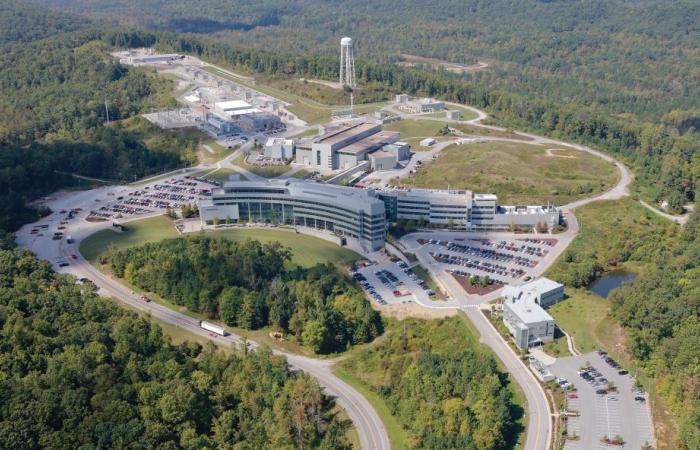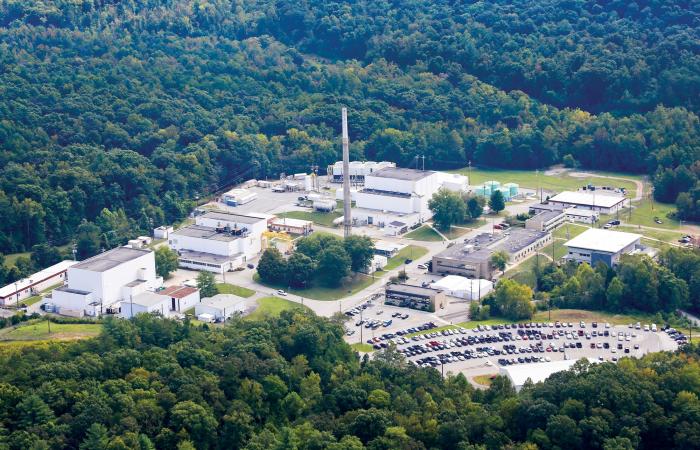In 1944 ORNL physicist Ernest Wollan proposed a novel method for using neutrons to study the atomic structure of materials. At the Graphite Reactor—then known as the X-10 Pile—Wollan worked with future Nobelist Clifford Shull to pioneer neutron-scattering research and unlock the potential of neutron diffraction.
Today ORNL is home to the most advanced neutron research facilities in the world. The accelerator-based Spallation Neutron Source provides the world’s most intense pulsed neutron beam, producing brighter neutrons for sensitive, detailed experiments, while the High Flux Isotope Reactor has the country’s highest steady-state thermal and cold neutron fluxes for neutron diffraction, isotope production and material irradiation studies.
Together they combine cutting-edge instrumentation with powerful data analysis and visualization software, helping researchers from across the globe better understand the structure and property of materials.
“The primary mission of SNS and HFIR is to provide open access to sophisticated instrumentation needed to probe and create materials for scientists of many disciplines,” said Alan Tennant, chief scientist for ORNL’s Neutron Sciences Directorate and director of the Shull Wollan Center, a Joint Institute for Neutron Sciences.
ORNL’s neutron facilities are known for their unique and superlative capabilities. The two facilities have a total of 30 instruments, each uniquely designed for specific types of experiments, samples and environments.
Neutron diffraction is a crucial tool in both the physical and life sciences, used to study everything from battery components to cellular structures to additively manufactured (3-D-printed) materials.
ORNL’s neutron facilities serve thousands of users and visiting researchers every year from academia, national laboratories and industry. The selection process is competitive— only one in three proposals is awarded time—but the data gained from SNS and HFIR experiments can offer insight not available using other techniques.
“Our neutron facilities provide unique capabilities to the scientific community critical to maintaining ORNL leadership in the physical sciences,” Tennant said.
The next big step for ORNL’s neutron user facilities is a proton power upgrade at SNS that will increase neutron flux at the current target station and provide a necessary platform for construction of a Second Target Station. The STS will complement and boost the lab’s existing abilities with a new suite of tools, such as intense cold neutrons, that will keep the U.S. competitive with new neutron facilities in Europe and Asia.
See also:




